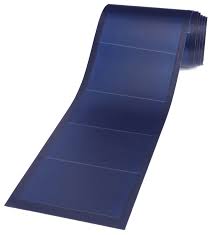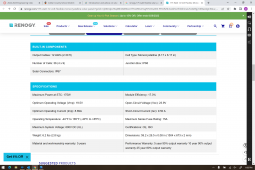florida cracker
New Member
- Joined
- May 25, 2022
- Messages
- 49
Simple introduction, I am a teacher that has taken over sponsorship of an engineering club project. Nobody else wanted to do it and it looked interesting so here I am.
Project is a solar powered go kart.... I am updating the solar panels and electronics as rules have changed to allow for more solar panel and our old electronics are just that, old
We are allowed to run up to 1050 watt of panels and are limited to 720 watt hours of battery
I am an old gearhead and while I understand how to make things go fast, solar power and electrical engineering is the black arts for me.
I have kids researching changes to be made to charging system but I need to know what they are looking at so I can help when needed. I see that Renogy is the only company that makes flexible 175 watt panels so it seems like a no-brainer to go with 6 of those. Charge controller is next, would 60 amp box do the job? How much solar power can the 60 amp controller handle??
How would be the best way to wire panels? 3x3 or 2x2x2 to get either 24 or 36 volts to charge controller to sort out??
Lots of questions to come I am sure
Project is a solar powered go kart.... I am updating the solar panels and electronics as rules have changed to allow for more solar panel and our old electronics are just that, old
We are allowed to run up to 1050 watt of panels and are limited to 720 watt hours of battery
I am an old gearhead and while I understand how to make things go fast, solar power and electrical engineering is the black arts for me.
I have kids researching changes to be made to charging system but I need to know what they are looking at so I can help when needed. I see that Renogy is the only company that makes flexible 175 watt panels so it seems like a no-brainer to go with 6 of those. Charge controller is next, would 60 amp box do the job? How much solar power can the 60 amp controller handle??
How would be the best way to wire panels? 3x3 or 2x2x2 to get either 24 or 36 volts to charge controller to sort out??
Lots of questions to come I am sure









